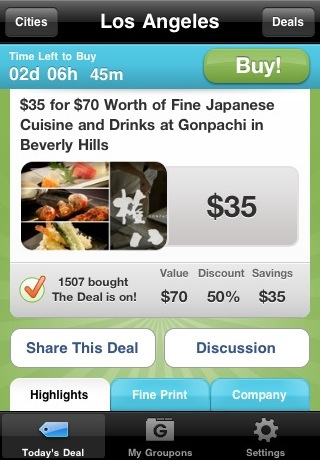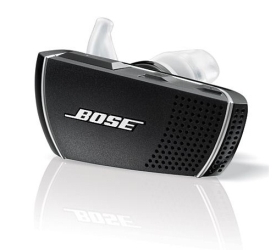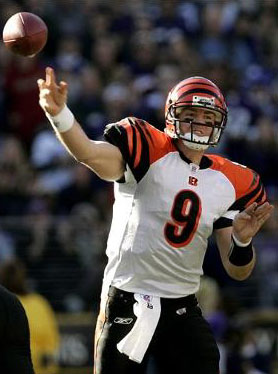Instant vs Delayed Gratification in Rewards
Many of our Merchandise Monday posts focus on larger awards. We talk about Tablet PCs, printers, bikes and televisions. These are all great rewards that could be used to help drive certain behaviors. In a points-based recognition program these type of rewards aren't typically earned quickly Larger rewards typically require more points, resulting in point earners delaying their gratification for a big reward.
On the other hand, there are smaller rewards. They require less points but more importantly, take less time to earn and have more of an "instant gratification" aspect behind them. This results in those point earners getting that "trophy" much quicker. Is one of these better or more effective than the other? Let's take a look:
Americans Prefer Instant Gratification
According to a poll run by USAToday, most Americans prefer instant gratification and results. This poll mainly pointed towards circumstances like waiting in line, being on hold for a call or driving through traffic. These don't talk about redeeming points sooner or later or spending money sooner than later but it does give us insight on a growing mentality. Looking at the way businesses run in the digital world, customers expect feedback and help even quicker now. Being a fast responder isn't a unique trait for a company, it's now an expectation.
 Knowing how quickly many consumers expect things, it would only make sense that rewards that are quickly achieved would make the most sense right? Yes and no. The following experiment shows that there is a good mix of both.
Knowing how quickly many consumers expect things, it would only make sense that rewards that are quickly achieved would make the most sense right? Yes and no. The following experiment shows that there is a good mix of both.
The Stanford Marshmallow Experiment
This is probably the most referenced psychology study on instant gratification. Summed up, children around the age of four were placed in a room and given a marshmallow. The psychologist (Walter Mischel) performing the experiment said he had to leave the room. He gave the children two options: they could eat the marshmallow while he was gone or have a second one if they held out on eating until he returned. Some of the children waited it out for a second marshmallow while others sought out the instant reward.
This experiment mainly to study the psychological tendencies of these two groups of people, those who wait for rewards and those who want it now. It does show us this: even at an early age, it's apparent that there isn't a universal truth to what sort of reward is best. Different things motivate different people.
Which is best?
So which is the best sort of reward to add to your program? Smaller, quicker-to-earn awards or larger, long-term ones? Both.
It really depends on who you are trying to reward. What motivates them? It's good to have a mix of both smaller and larger point-value items in your rewards options. Some people may want to save up for that flatscreen for the family room or that new grill for next summer.
The main thing to learn about instant gratification is applying this to recognition. Take away the rewards aspect and think of why you're giving them in the first place. You are recognizing a job well done. If you have a performer that went over and beyond the expectations set before them, they expect to be recognized quickly.
It's not necessarily all about quickly earned rewards. Quick recognition is what will drive people. What do you think?
**Check out a follow up to this post by @annbares on Compensation Force







